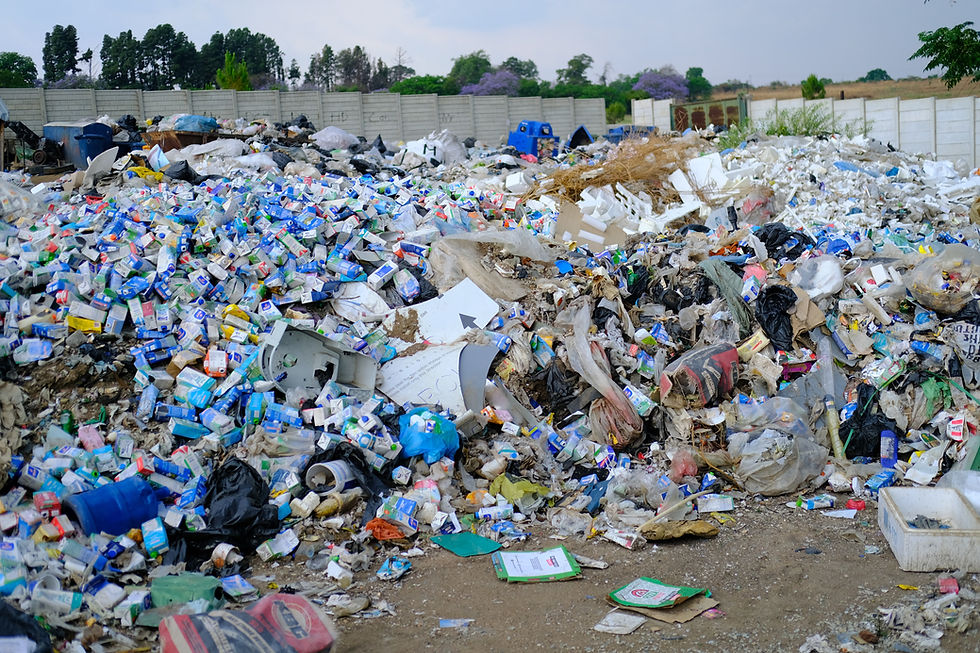Eastern Congo on the Brink: The Escalating DRC–Rwanda Conflict in 2025
- Paul Francis

- May 29
- 4 min read
The eastern provinces of the Democratic Republic of the Congo (DRC) are once again engulfed in turmoil as the resurgence of the M23 rebel group, allegedly backed by Rwanda, intensifies the long-standing conflict. The rapid territorial gains by M23, particularly in North and South Kivu, have not only displaced hundreds of thousands but also reignited regional tensions, drawing international concern.

Historical Context: A Legacy of Unresolved Tensions
The roots of the current crisis trace back to the aftermath of the 1994 Rwandan genocide. As Hutu militias responsible for the genocide fled into eastern DRC, they formed the Democratic Forces for the Liberation of Rwanda (FDLR), a group that has since posed a persistent security threat to Rwanda. Kigali has repeatedly accused the DRC of harboring these elements, while Kinshasa alleges that Rwanda exploits this pretext to interfere in its internal affairs.
In 2012, the March 23 Movement (M23) emerged, primarily composed of Tutsi fighters who accused the DRC government of failing to honor a 2009 peace agreement that promised the integration of Tutsi rebels into the national army and the protection of minority communities. Although M23 briefly captured Goma in 2012, international pressure led to their withdrawal, and the group largely faded from prominence until its resurgence in late 2021.

Recent Developments: A Surge in Hostilities
The conflict escalated dramatically in early 2025. On January 26, M23 forces seized Goma, the capital of North Kivu, marking a significant strategic and symbolic victory. The rapid advance continued southward, with the rebels capturing Bukavu, the capital of South Kivu, shortly thereafter. These offensives have effectively placed both provincial capitals under M23 control, severely undermining the DRC government's authority in the region.
The United Nations estimates that over 700,000 people have been displaced within Goma alone, contributing to a nationwide total of 7.8 million internally displaced persons. The humanitarian situation is dire, with limited access to food, clean water, and medical care exacerbating the suffering of affected populations.
Humanitarian Crisis: Civilians Caught in the Crossfire
Reports from Amnesty International detail harrowing accounts of human rights abuses committed by M23 rebels. Former detainees describe being unlawfully imprisoned, tortured, and held in inhumane conditions after being accused, often without evidence, of supporting the Congolese government. Overcrowding, lack of basic necessities, and instances of enforced disappearances have been documented, painting a grim picture of life under rebel control.
The conflict has also taken a toll on the environment. In areas like Kahuzi-Biega National Park, illegal logging and charcoal production have surged under M23's watch, threatening endangered species such as the eastern lowland gorilla and causing irreversible ecological damage.
Economic Implications: Strained Resources and Strategic Interests
Eastern DRC's wealth of minerals, including coltan, cobalt, and gold, has long been both a blessing and a curse. The M23's control over key mining areas, such as Rubaya, allows the group to generate significant revenue—estimated at $800,000 monthly from coltan alone—by taxing miners and traders. This financial power bolsters their military capabilities and entrenches their presence in the region.
The DRC government's efforts to counter the rebellion have placed immense strain on the national budget. Military expenditures have soared, with $1 billion spent on security in the first four months of 2025. To boost morale, salaries for military and police personnel have been doubled, costing an additional $500 million. Despite these investments, the army faces shortages of essential supplies, and many expenditures occur outside the official budget framework, highlighting systemic inefficiencies.
International Response: Calls for De-escalation
The international community has expressed growing concern over the escalating conflict. In February, the United Nations Security Council unanimously adopted Resolution 2773, calling for an immediate cessation of hostilities, the withdrawal of Rwandan troops from DRC territory, and the dismantling of parallel state institutions established by M23.
The United States is facilitating peace talks and negotiating a minerals deal with the DRC, contingent upon the withdrawal of M23 fighters and Rwandan troops from occupied territories. This agreement aims to grant U.S. companies access to the DRC's rich deposits of critical minerals in exchange for infrastructure investment and support in resolving the conflict. Both Kinshasa and Kigali have expressed cautious optimism about the potential for economic and regional cooperation.
Looking Ahead: Prospects for Peace
While diplomatic efforts are underway, the path to lasting peace remains fraught with challenges. The entanglement of ethnic tensions, resource competition, and regional politics necessitates a multifaceted approach:
Inclusive Dialogue: Engaging all stakeholders, including local communities, in peace negotiations to address underlying grievances and foster reconciliation.
Economic Reforms: Ensuring transparent and equitable management of mineral resources to prevent exploitation and fund development initiatives.
Security Sector Reform: Strengthening the capacity and accountability of the Congolese armed forces to effectively maintain order and protect civilians.
The international community's support will be crucial in facilitating these efforts and preventing further deterioration of the situation in eastern DRC. As the conflict continues to evolve, sustained attention and coordinated action are imperative to avert a deeper humanitarian catastrophe and to lay the groundwork for a stable and prosperous future for the region.







